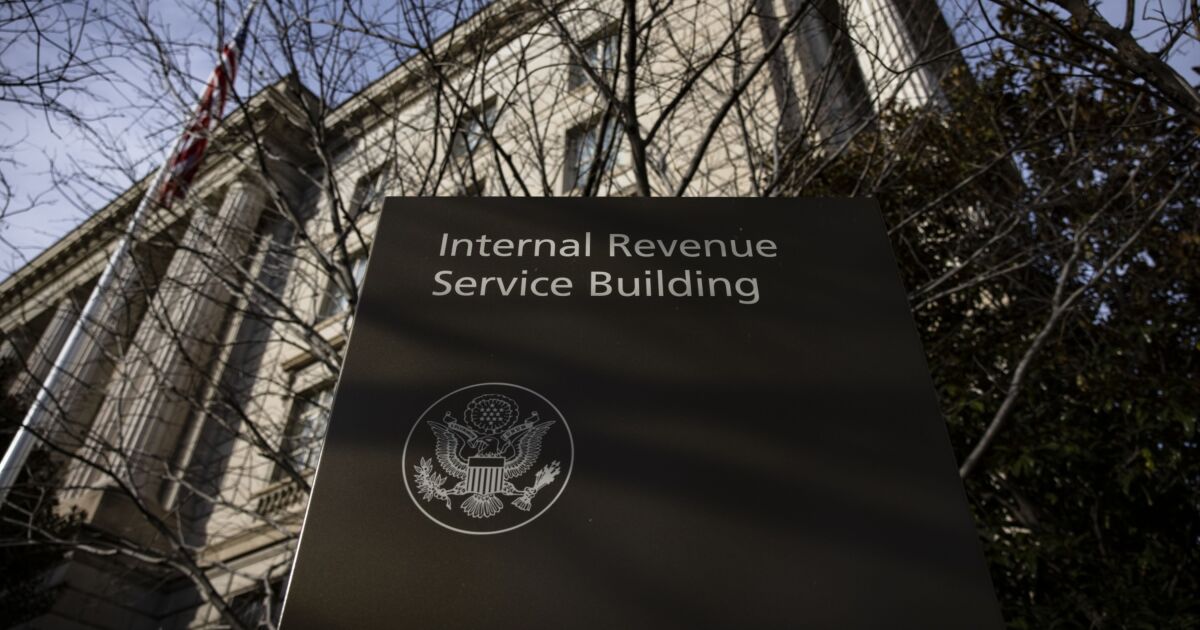When the Federal Reserve cut interest rates by a quarter of a percentage point Thursday, HR leaders around the world likely were watching closely. The Bank of England also cut interest rates by the same amount. According to experts, the moves—combined with a Fed cut earlier this year—will have a trickle-down effect on key HR priorities as the economy reacts.
Designed to stimulate growth, the cuts are expected to tighten the labor market and boost interest in mergers and acquisitions within 12-18 months. That will mean more competitive hiring and more workforce integrations for HR teams, says Scott Hamilton, global chairman of human resources and compensation consulting at Gallagher.
Specifically, Hamilton says that organizations might need to increase compensation budgets and hike salaries to bring in and keep talent skilled for the gen AI boom. That’s a shift from the past few years when HR leaders have struggled less to recruit and retain employees, he notes.
This was the Fed’s second interest rate cut this year after making a 0.5% reduction in September (its first since 2020). Although some economists expect to see continued quarter-point cuts through June, others have taken a watchful stance since former President Trump regained the White House in Tuesday’s U.S. election.
Some of Trump’s proposed policy changes, from tax cuts to import tariffs, may alter economic growth and inflation predictions for 2025, possibly tempering the Fed’s desire for more cuts, experts say.
Regardless of the incoming president’s impact on future rate changes, HR leaders involved in workforce planning should prepare for a strong economy and a tight labor market, Hamilton advises. On the flip side, he cautions they also should be prepared for the reverse—given the uncertainty of markets today.
“HR leaders need to keep moving ahead right now in making sure they understand what their workforce needs as it relates to the business and the changing business environment,” Hamilton says. “They need a workforce plan in place to deliver the right number of people at the right time and at the right cost, no matter whether it’s a complete softening or heating up of the economy.”
Credit: Source link











